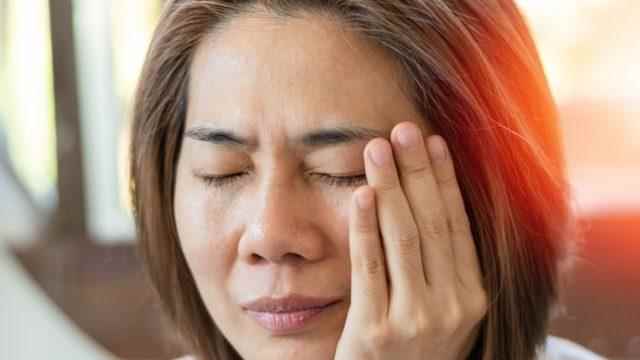Canadian pop star Justin Bieber revealed in a video he shared on June 10 that he suffered from a rare facial paralysis and therefore had to cancel concerts for the rest of his world tour.
In the video Bieber posted on Instagram, the effects of this disease, called Ramsay Hunt syndrome (RHS), caused by a virus, were clearly visible.
Although it is not yet known how long it will take for the singer to recover, we have compiled what is known about the disease.
https://www.instagram.com/tv/CeorE9OjqX9/?utm_source=ig_web_copy_link
What causes Ramsey Hunt syndrome?
RHS is triggered by a virus called varicella zoster virus (VZV).
This virus causes two more common diseases in humans: Chickenpox and shingles.
RHS is caused by this virus infecting the nerve cell that controls the facial muscles.
According to Facial Palsy UK, all people with this syndrome have had chickenpox as a child. Although their bodies have defeated this virus, the virus can continue to live in the nerves in an inactive form.
After a while, the VZV can be activated again. Although the reason behind this is not known exactly, it is thought that a decrease in the immune system may be a trigger.
Another factor is stress. High stress is also associated with shingles.
What are the symptoms?
As can be seen in the video shared by Bieber, one of the most obvious symptoms is the loss of strength of the affected facial muscles.
Other symptoms include blisters and itching on the face, ears, mouth, and scalp.
Some people also report hearing loss and severe pain.
Is it contagious?
Unlike chickenpox, shingles and RHS are not contagious.
But doctors warn that people who haven’t had chickenpox or shingles can get the virus from an open wound in someone with RHS.
How common is it?
Ramsey Hunt syndrome is a rare condition. The National Organization for Rare Diseases in the USA estimates that it occurs in five out of every 100,000 people.
For cancer, this rate is 440 per 100 thousand people.

How is it diagnosed and what is the treatment?
Doctors recommend a blood test to diagnose the disease.
Antiviral drugs, steroids, pain relievers and facial exercises are among the methods used in treatment.
Although the majority of those who have the disease recover completely, full recovery may take longer in cases with high nerve damage.
In a small number of cases, it is possible for some of the facial paralysis or hearing loss to become permanent.
